How To Look After Your Handbag
Be Sure To Take Precautionary Measures
Sending your bag for a regular spring clean could save you money in the long term, and help retain the value of a designer piece. Meanwhile, Charlotte Staerck, retail director and co-founder of Handbag Clinic, says it could prove vital when it comes to hygiene. “Leather is a skin and will absorb bacteria, oils. Not letting this build will avoid further restorative work down the line. Most people think colour loss or dye transfer is part of general wear and tear, but they would be astounded by how their bag would look with regular cleaning.” Thaís Cipolletta, co-founder and head of atelier at repairs experts The Restory also advises sending your leather bags in every couple of months. “Massaging and moisturising the leather will not only avoid it drying out and cracking, but also provides a layer of protection against surface scratches usually from jewellery or keys.”
Learn How To Look After Different Leathers
The main types of leather on a bag are pigmented, aniline (absorbent), exotic and then suede and nubuck, while Charlotte advises the easiest leather to clean and protect at home is pigmented leather. “Absorbent leathers need a little extra care - if they are not cleaned and protected correctly, you could actually cause accidental staining. You can spot the difference between these leathers by taking a very small amount of liquid and placing it on an unseen area inside the bag. An absorbent leather will darken immediately as the liquid is absorbed.” Other finishes should only be treated by an expert. “For suede and nubuck we recommend the first protection treatment is carried out professionally to ensure each of the fibres are fully protected. You can then keep on top of this at home. Given exotics are so delicate, depending on the skin and finish, they should be handled by a professional.’
Invest In Handy Accessories
A table bag handle is an essential: buy multiple and stick them in all your bags for those occasions when a table or bar is missing a hook. And bear in mind it’s not just the restaurant floor you want to avoid, either. “We’ve repaired so many bags that have been stained by a clumsy waiter or a spill on a neighbouring table,” warns Charlotte, who also advises wrapping a patterned silk scarf around the handles to protect the most-used area of the bag. Additionally, both experts suggest a make-up bag and pencil case to keep the inside stain-free. “Throwing make up brushes, lipstick that loses its lid or an open pen into your bag can cause a heavy stain on the interior. Make up and ink are some of the hardest marks to remove given the high oil content, so it’s important to remember the inside of your bag needs protecting just as much as the outside.”
Don't Overstuff Your Bag
Thaís reminds us to keep stuffing to a minmum: “As tempting as it is, try not to overfill your bag regardless of how big it is. This only causes the leather to stretch, disengages handles and forces it to lose its shape which can be expensive to rectify. A good way to spot damage before it’s too late is if your handles have edging (a gloss finish sealant that is used along the raw edge of the leather to protect it) – once this starts to crack and split send your bag in for it to be sanded down and redone. Not only does it look better, it strengthens the straps and prevents the leather from stretching.”
Keep Perfume And Room Spray At A Distance
Much like the natural oils on your hands, perfumes and room sprays can often stain the handles or lighter leathers. To keep the leather in good condition, experts recommend using carnauba cream - but only apply it once the item is completely clean and dry. Use a small pea size amount and ensure you buff well with a clean cloth to avoid streaks, and don’t use it on suede, nubuck or exotic materials.
Protect Your Bag From The Rain
Both experts recommend a protection spray or a professional treatment - just make sure you get the right one for the material, whether it’s plain leather, nubuck or suede. They also suggest wiping down a bag which has been caught in the rain, as leaving water droplets for an extended amount of time means they may migrate through the protective barrier of the material.
Take Immediate Action Against Stains
Charlotte’s advice is straight forward: “First and foremost, blot the stained area with a clean, dry cloth or tissue. You want to absorb as much of the liquid as possible so as to limit the overall stain. Once the excess liquid has been removed, blot the area with a damp cloth or tissue, using warm water. Start at the outside and work inwards; this will stop the stain from spreading. As before, proceed to dab the stained area with a dry cloth or tissue to absorb any left-over water.” Thaís also recommends using a selection of different products: “Try removing dust-based stains with a damp cloth if it’s a leather bag. On suede use a horsehair brush and gently brush in the direction of the fibres. Makeup and pen marks are harder to remove and cleaning them could cause further damage. If in doubt, send it to a professional with a clear description of the substance which caused the stain so specialists know what they’re dealing with.”
Take Care Of The Hardware
“When metal work breaks, it tends to be down to overloading. This is the same for a number of stitch repairs too. Handbags are a fashion accessory and not designed to hold as much as we think,” Charlotte warns. It’s also important to be careful with your metalwork, as not a lot can be done to fix their wear and tear. “Try to keep the hardware away from water to avoid rusting and wipe regularly with a duster, “says Thaís. “While it’s possible to re-plate hardware, it often needs removing completely to do so and depending on how its attached, it’s not always possible. It might even involve opening up the lining to access it.”
Beware Of Scratches
Scratches can be removed, but usually only with a lot of work. Charlotte says the Handbag Clinic has repaired everything from cigarette burns, to bags that have been cut open in the heat of an argument, while Thaís says The Restory has developed unique techniques for restoring deep scratches and scuffing. “Once the scratch or scuffing is concealed and any texture re-applied, you have to hand mix and match the colour, and apply in thin layers to conceal it before applying a finisher and letting it cure.”
Finally, If All Else Fails, Turn To The Experts
“We’ve seen all sorts from brand new handbags destroyed by dogs, to vintage suitcases that haven’t seen the light of day for decades,” admits Thaís. “If the restoration is going to be overly visible, we might recommend a redesign. With an in-house team of artisans and designers, specialists can dye items, personalise them or provide drawings and swatches to the client to create a unique design.”
Shop our pick of products below...
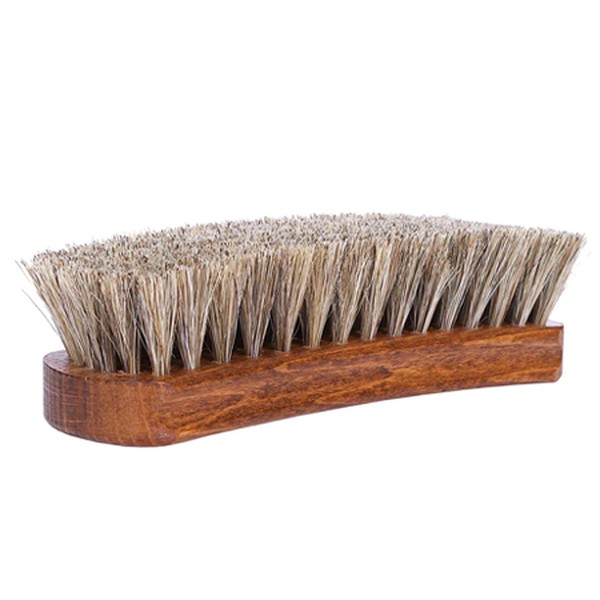
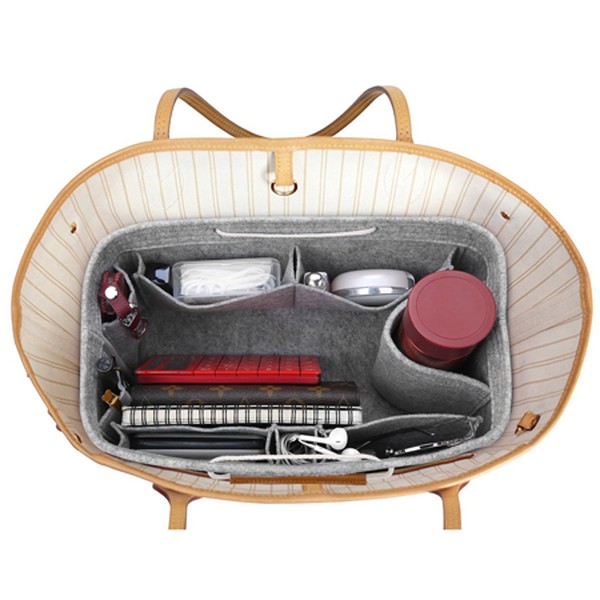
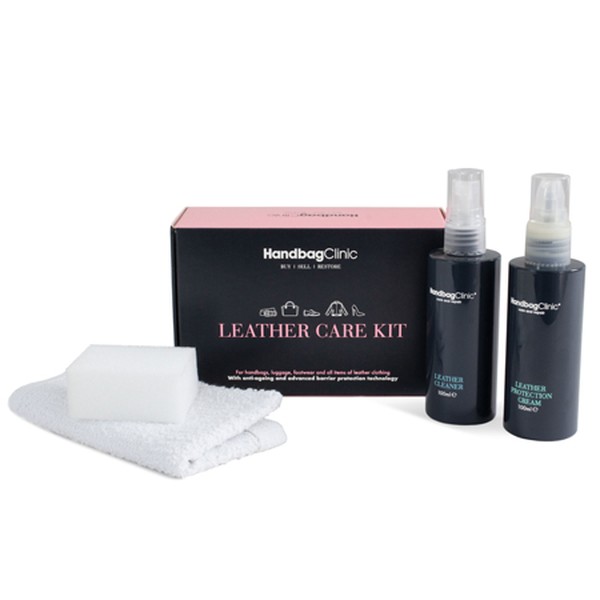
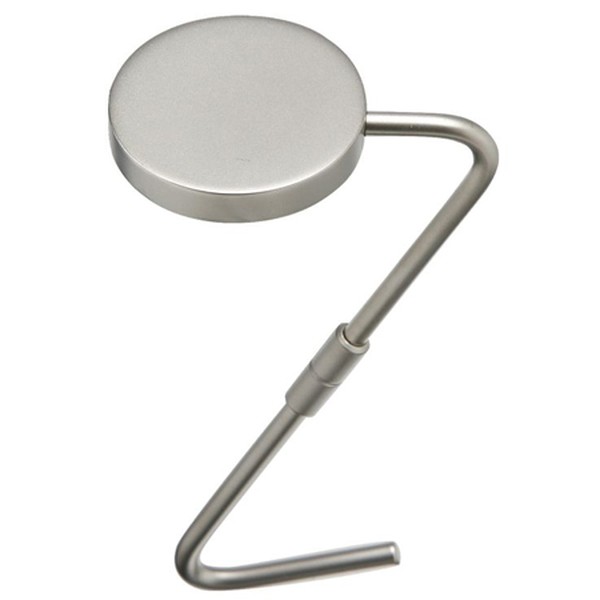
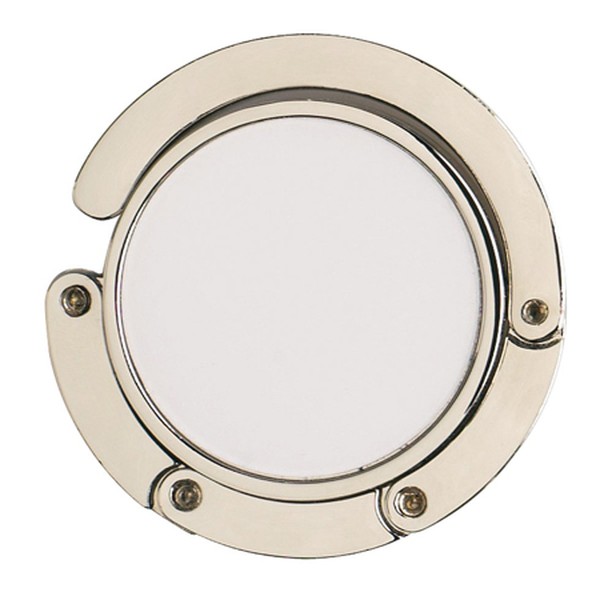
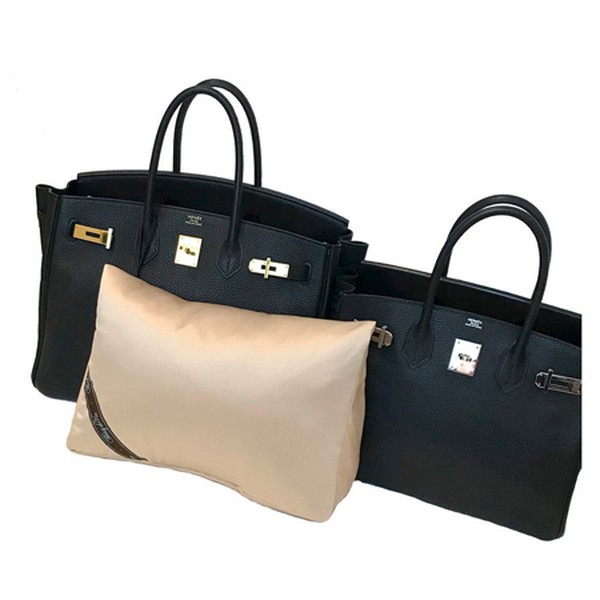
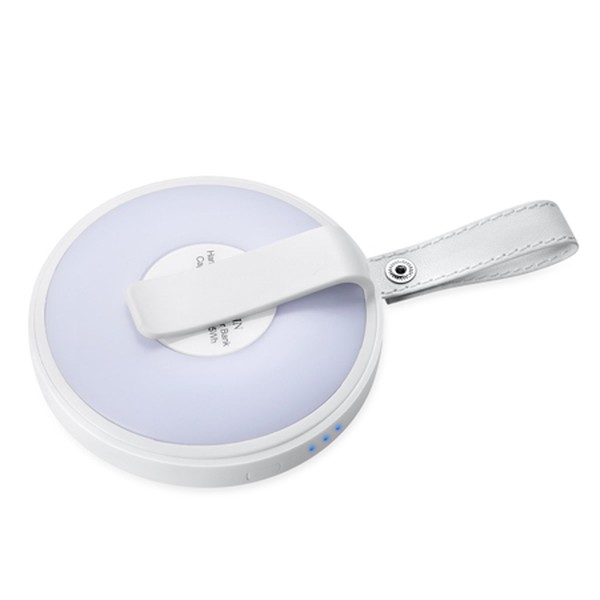
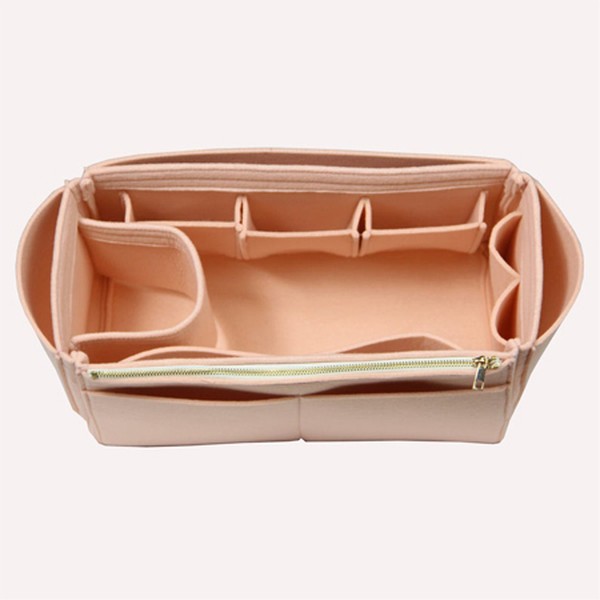
INSPIRATION CREDITS: Instagram.com/CollageVintage, Instagram.com/TheRestory_
DISCLAIMER: We endeavour to always credit the correct original source of every image we use. If you think a credit may be incorrect, please contact us at info@sheerluxe.com.

